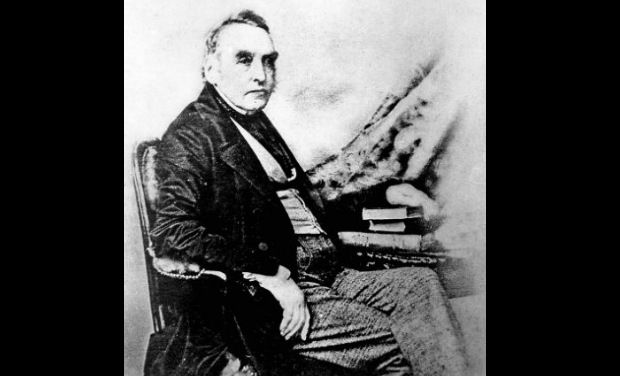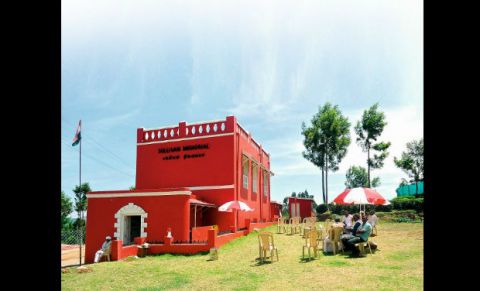
Ooty:
As tourism, nature and Nilgiris are inseperable, so is John Sullivan and Nilgiris, especilly Ooty- the queen of hills. Those who enjoy living in modern Nilgiris and tourists who visit the hills have an obligation to remember John Sullivan, called the founder of modern Nilgiris, especially Ooty, as his 225th birth anniversary falls on June 15.
This British-India collector would not have envisaged that the hills, which he loved passionately and started developing it, which changed the face of the Nilgiris in early 1800s, will become a world famous tourist destination in future.
But, certainly, he was the administrator who sowed the seeds for modern Nilgiris. The write-ups documented in the Nilgiris district gazetteer and few other such books, showed the role of Sullivan in developing the Nilgiris and showcase how the Nilgiris, once an unknown place on earth, growing to become a a well-known place in the world.
Born in London on June 15, 1788, Sullivan joined the East Indian Company at Madras and rose to become the collector of Coimbatore, which included the Nilgiris then, in 1815.
As collector he took out an adventurous expedition to reach the Dimhatti valley in Kotagiri, in the Nilgiris, in January 1819.
During his second visit to Kotagiri in May 1819, he built the first-ever modern builing in the hills at Kannerimukku village, from where he used to administer the hills for a while. This house, called Pethakal bunglow by the locals, was resorted a decade ago and now serves as a memorial to Sullivan.

It is said probably on February 22, 1821, he visited Ooty with the help of a Badaga guide. Then he built the stone house, first-ever modern building in Ooty, and stated living there from 1823. This building is now a portion of the government arts college. It is not an exaggeration to state that Sullivan was the brain behind the hill residents witnessing a revolution in their lifestyle and enjoying the fruits of modernity.
He was learnt to have introduced horticulture crops and hill vegetables to the Nilgiris and planned the establishment of Ooty lake along with other road connectivity facilities to help the development and economy of the hills.
Sullivan, who lost his wife, son and a daughter in Ooty, as they died in the hills, retired to England in 1841, where he died on January 16, 1855. Besides the stone house in Ooty, a portion of the oak tree which Sullivan planted in 1823 at Stone House, is still seen there.